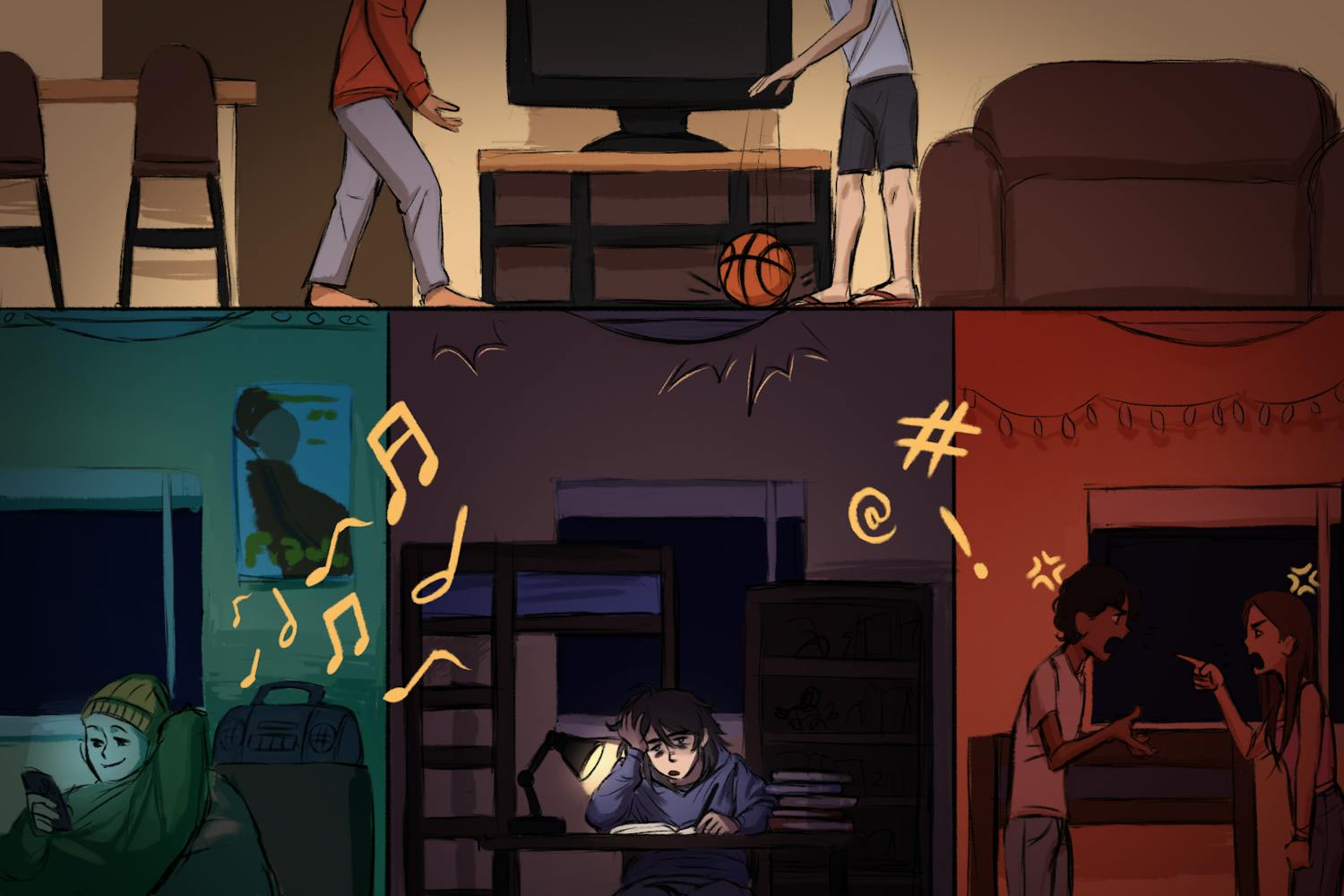The first week or two of school is one of the peak times for class-schedule changes, as many students add or drop classes to settle down into a schedule they can keep for the semester.
After these first chaotic weeks, most people stop thinking about their schedule entirely; they become habituated to getting up and going to particular classes at particular times.
But there is in fact a very real art to choosing a class schedule. This is most evident if you draw out your schedule for each semester in weekly view. There are many common shapes and motifs that can be assigned names and imaginations.
For example:
The pitchfork: A fittingly common weekly picture with the fork tips consisting of MWF classes stretching from morning to early afternoon, a longer class (often a lab section) on Wednesday evening comprising the “handle” and a midday TTh class as the body of the fork. Aside from the obvious ASU school spirit, the “pitchfork” week allows a gradual transition in workload from midweek to weekends by having Monday and Friday afternoons free.
The bridge: Another common schedule, often used by students who prefer to get up at a similar time every day. Classes starting in the morning each day line up to make the “deck” of the bridge, with piers consisting of symmetrical TTh classes. If you have a long lab section (science or engineering classes), drawing a bridge schedule is much trickier. Try taking two labs in a semester and placing them symmetrically to prop up your “bridge.”
The skullface: A variant of the bridge picture. Add a MWF class around late morning and move your TTh classes so that you have a gap in your TTh schedule at the same time as your MWF classes. This gives you two “eyes,” and the TTh classes should end slightly later than the MWF classes to create the upper part of the teeth. If you’re really creative, or need more credits, try making yourself a jawbone.
The two towers: Essentially an inverted bridge. Take a solid bed of evening classes and pile up a few TTh classes in the morning. The earlier you are willing to get up on Tuesday, the taller you can build your tower. Monday to Wednesday towers are also possible. Friday towers are less common.
The webbed foot: Start by making a Pitchfork and then take some extra TTh classes to fill in the prongs. This is an effective way to take large credit loads while still freeing up your afternoons for either work or play.
As you can see, the making of your class schedule does not have to be the uninteresting chore most people experience it as. A little imagination and ingenuity can go a long way in creating a daily routine that offers intellectual artfulness as well as practical utility.
Reach Kenneth at kenneth.lan@asu.edu.



